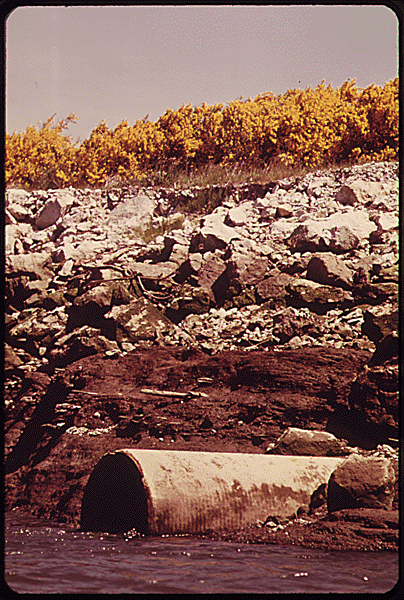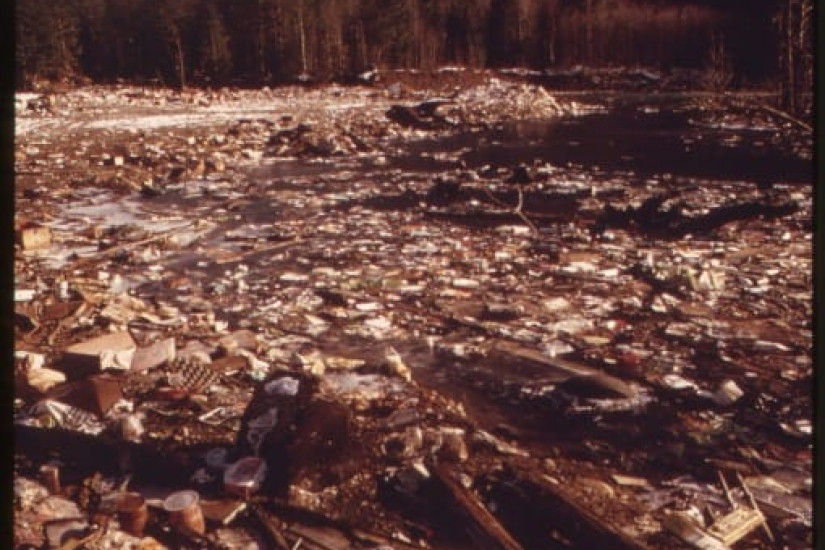Nixon said,
The great question of the seventies is, shall we surrender to our surroundings, or shall we make our peace with nature and begin to make reparations for the damage we have done to our air, to our land, and to our water? Restoring nature to its natural state is a cause beyond party and beyond factions. It has become a common cause of all the people of this country. It is a cause of particular concern to young Americans, because they more than we will reap the grim consequences of our failure to act on programs which are needed now if we are to prevent disaster later.
Nixon went on from there to outline a program to repay the debt owed to nature from decades of exploitation and harm. Primarily, Nixon targeted polluted air and water. (Given the latest news from the Supreme Court, it is somewhat ironic/tragic to note that the first specific program he mentioned was a $10 billion investment in municipal wastewater treatment.) For too long, he said, air and water were treated as common property "free to be abused by anyone without regard to the consequences." That era should end. Products should even include in their prices the costs of producing and disposing of them — something that we still don’t do. By the time he expected to leave office, the year of the nation’s bicentennial, Nixon envisioned the nation having "made great strides in stopping the pollution of our air, cleaning up our water, opening up our parks, continuing to explore in space."

"Culvert Empties into Snohomish River at Everett." May 1973. Environmental Protection Agency, National Archives.
By July, Nixon asked Congress to reorganize government and create an Environmental Protection Agency. The agency was meant to gather and integrate the existing federal programs that researched and regulated pollution. It went into effect December 1970.
Critics on one side say it has never been funded sufficiently to do its job; critics on the other side say it has stifled business and hurt progress in pollution control. Such is the nature of partisan arguments, perhaps, but proper judgment requires evidence.
Ground Truthing with the Past
The EPA is a common bogeyman today. Environmental historian Nancy Langston (whose interview for paid subscriptions is here) has suggested that the EPA may have become "a victim of its own success — many people simply do not remember what life was like before." To help her students learn what life was like before, Langston has used a powerful resource the EPA created in its earliest years.
The EPA launched a documentary photograph project called DOCUMERICA. From 1971 to 1978, photographers captured more then 20,000 images showing the state of the nation’s environment. While some of the photos present pleasing views like traditional landscape paintings or photography, most of them document polluted water, clearcut forests, or dirty air.

